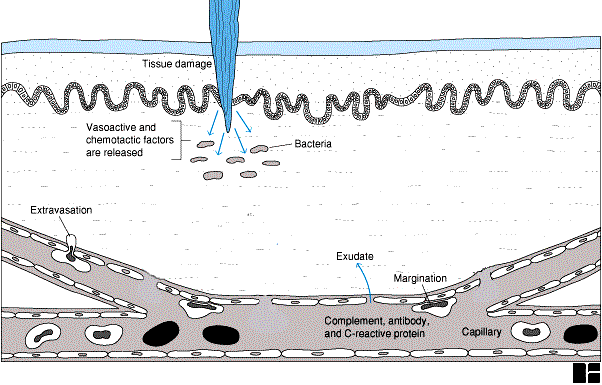
Figure 1-5: Diapedesis (Extravasation) & Chemotaxis
Leukocytes cross the endothelial lining of the capillary and migrate interstitially by the process called diapedesis or extravasation as illustrated in the image below. Chemotactic factors drive this process, particularly during an inflammatory response when immune-related cells migrate to and become concentrated at the site of inflammation.
Major events in the inflammatory response. A bacterial infection causes tissue damage with release of various vasoactive and chemotactic factors. These factors induce increased blood flow to the area, increased capillary permeability, and an influx of white blood cells, including phagocytes and lymphocytes, from the blood into the tissues. The serum proteins contained in the exudate have antibacterial properties, and the phagocytes begin to engulf the bacteria.

| © 1997, Duane W. Sears |